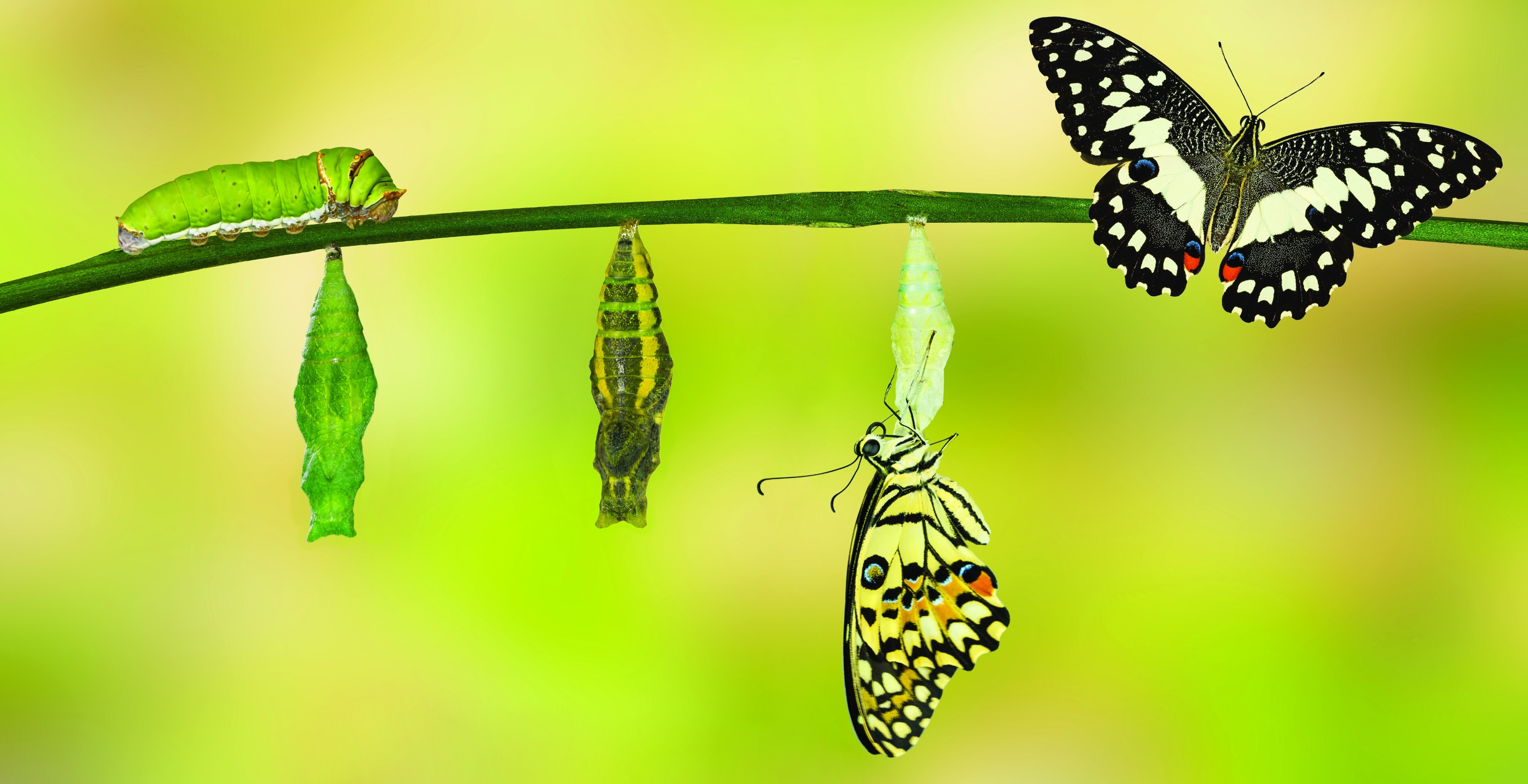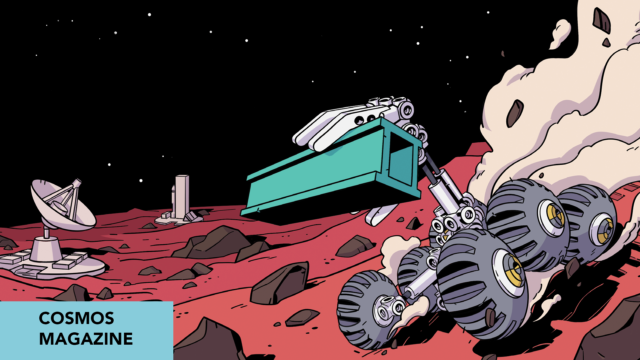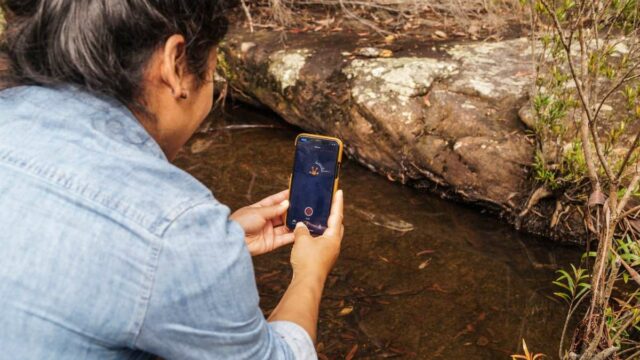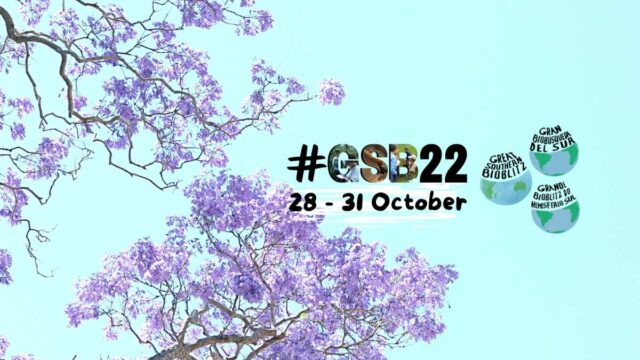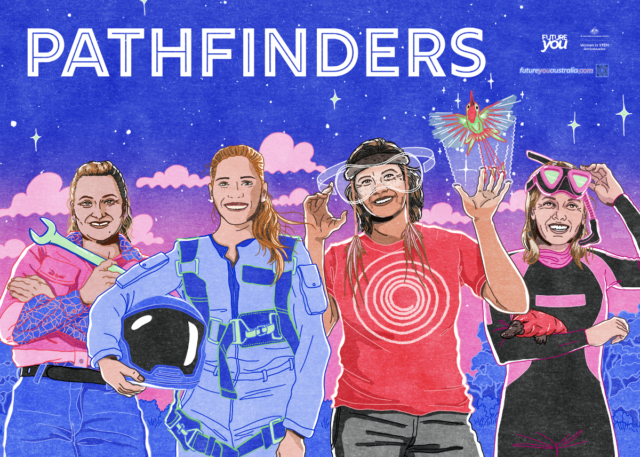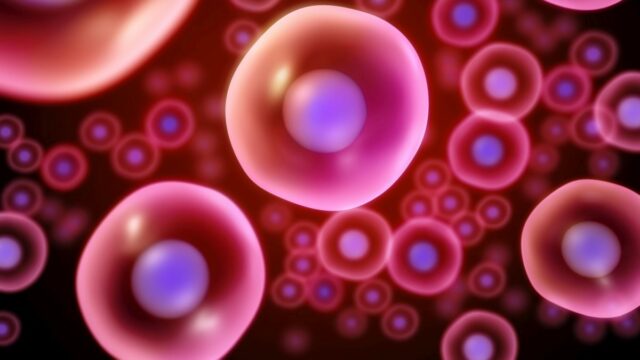Astrobiologists are thinking beyond just finding a near twin.
This thought-provoking article would be well suited to all sciences from year 6 to 10 as well as Senior Sciences. It could provide a lots of talking points for students such as ‘why are we looking for life elsewhere?’ and ‘what could this mean for society in the future?’ as well as providing a clear interaction between all the sciences.
Interactive activity included.
Interested? Further reading here.
Word Count: 1004
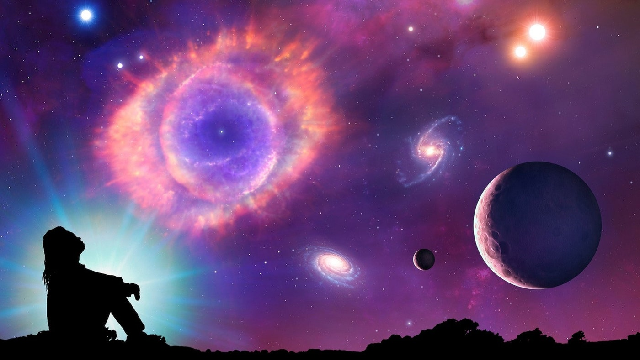
One of the holy grails in the search for extraterrestrial life is to find what astrobiologists call Earth 2.0 – an exoplanet that looks to be a near twin of our own. The idea is that such a world has the greatest possible chance of hosting life as we know it.
But, says Stephanie Olson, a postdoctoral researcher at the University of Chicago, why not consider the factors that make Earth habitable and then look for something even better? Not a duplicate Earth, but a planet that might be even more habitable than our own?
Part of what makes the Earth habitable, Olson told last week’s AbSciCon 19 astrobiology conference in Bellevue, Washington, US, are the currents in its oceans; not surface currents, but the ones that allow water to upwell from their deeps.
Such currents are vitally important, she says, because Earth life is overwhelmingly concentrated in the shallowest parts of the oceans, where there’s sufficient light for photosynthesis.
But its growth in these waters, she says, causes them to become nutrient depleted, as growing organisms in them suck up the available nutrients. Worse, as these organisms die, some settle to the depths, carrying their nutrients with them, rather than releasing them back into the surface ecosystem as they decay.
The result is that without upwelling currents, the depths would become ever more nutrient-rich, while surface waters would become ever more depleted.
“If you look at a map of photosynthesis in Earth’s oceans, you see that it’s overwhelmingly concentrated in regions where upwelling is occurring,” Olson says.
What this means, she says, is that a healthy biosphere needs a mechanism to bring deep waters back to the surface.
On Earth, this comes from surface winds, particularly ones blowing offshore from large land masses. These blow surface water away from land, thereby drawing water up from the depths to replace it. That’s why many of the most productive regions in the Earth’s oceans are along continental margins, Olson says.
To see what types of planets might most readily produce this effect, she modelled the effect of a number of parameters, ranging from mass, radius, and distance from their suns to the strength of their seasons.
But only two really mattered, she concluded: the density of their atmospheres and the length of their days. And in neither case did Earth come out at the top of the heap.
Instead, she says, a denser atmosphere creates stronger winds, producing more rapid nutrient recycling from the depths. And planets with longer days than Earth’s appear to be better at producing the winds best suited for doing this.
What this means, she says, is that worlds with more continents, denser atmospheres, and longer days may be more suitable for life as we know it than our own.
And, she notes, exoplanet studies are approaching the point at which we might be able to spot these better-than-Earths from among the thousands of exoplanetary wannabes.
For example, she says, such a world’s continents, and the extent of their potential to produce offshore winds, might soon be able to be mapped by studying variations in its brightness as lands and oceans rotate across its surface. “Oceans are dark, and continents are bright and reflective,” she says.
Similarly, the density of the atmosphere can be determined by its colour. On Earth, she says, “we have a blue atmosphere because it scatters light. That only happens in dense atmospheres.”
A planet’s rotation rate could be determined by how rapidly its continents and oceans pass into and out of view.
Nor are worlds like Olson’s the only ones that might be unusually habitable.
Michelle Hill, a graduate student at the University of California, Riverside, US, notes that while, to date, the search for habitable worlds in other solar systems has focused primarily on planets, it’s also possible that extraterrestrial solar systems might have habitable exomoons: earthlike worlds circling giant planets that themselves aren’t habitable, but which are the right distance from their suns for a moon circling them to be neither too hot nor too cold.
To date, only one such exomoon has been detected, and it hasn’t been fully confirmed.
But exoplanet hunters have found a surprising number of giant planets circling their suns within the so-called habitable zone, in which there they are neither too close nor too far away for an earthlike world to have liquid water, Hill says. And there’s no obvious reason to presume these planets don’t have large moons.
“[These] could widen the search for worlds on which life could exist,” she says.
In fact, she says, these moons could be more habitable than stand-alone planets circling similar stars, because they have a significantly greater array of potential energy sources to fuel a biosphere.
Rather than simply relying on energy from their suns, Hill says, they would also be warmed by light reflected at them from the giant planets they circle. They could also be warmed from the inside by tidal energy created by gravitational forces created as they circle their primaries.
“They have a greater diversity of energy sources,” Hill says. “Because of this the habitable zone of these moons [the distance at which they can be from their suns without either overheating or freezing], could be wider than the habitable zone of their planets.”
Hill’s and Olson’s finds are both examples of the maturation of astrobiology from a field not too long ago denigrated as a “science without a subject” (since nobody has ever identified an alien lifeform) to an increasingly mature field of study.
In part, says Ronald Turner, senior science advisor to NASA’s Innovative Advanced Concepts program, much of this advance has come from the discovery that exoplanets are real, and very common.
But the new astrobiology, epitomised by Olson’s desire to look for worlds with the ideal assortments of continents, day length, and atmospheric pressure, has also been inspired by an explosion in the ability to create ever-better telescopes. “The technology growth in the last decade is what’s enabling this new era,” Turner says.
Login or Sign up for FREE to download a copy of the full teacher resource
